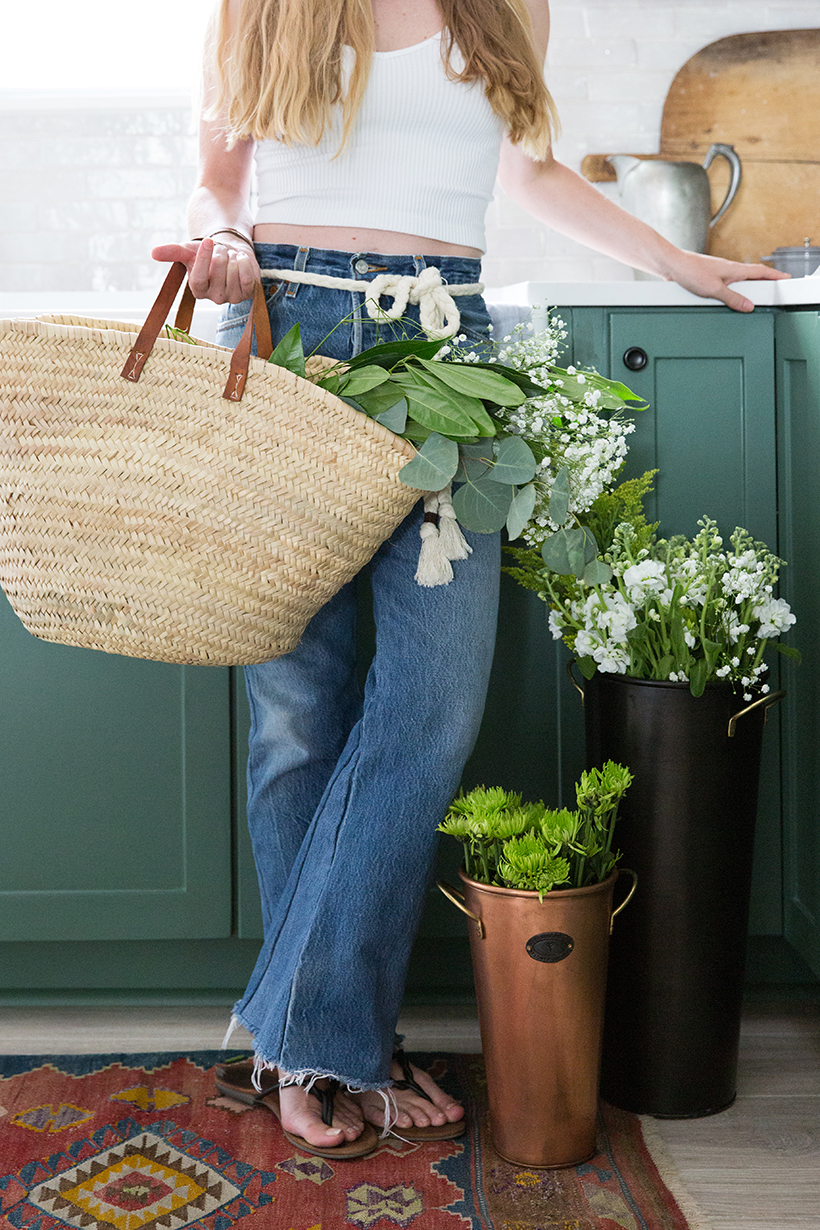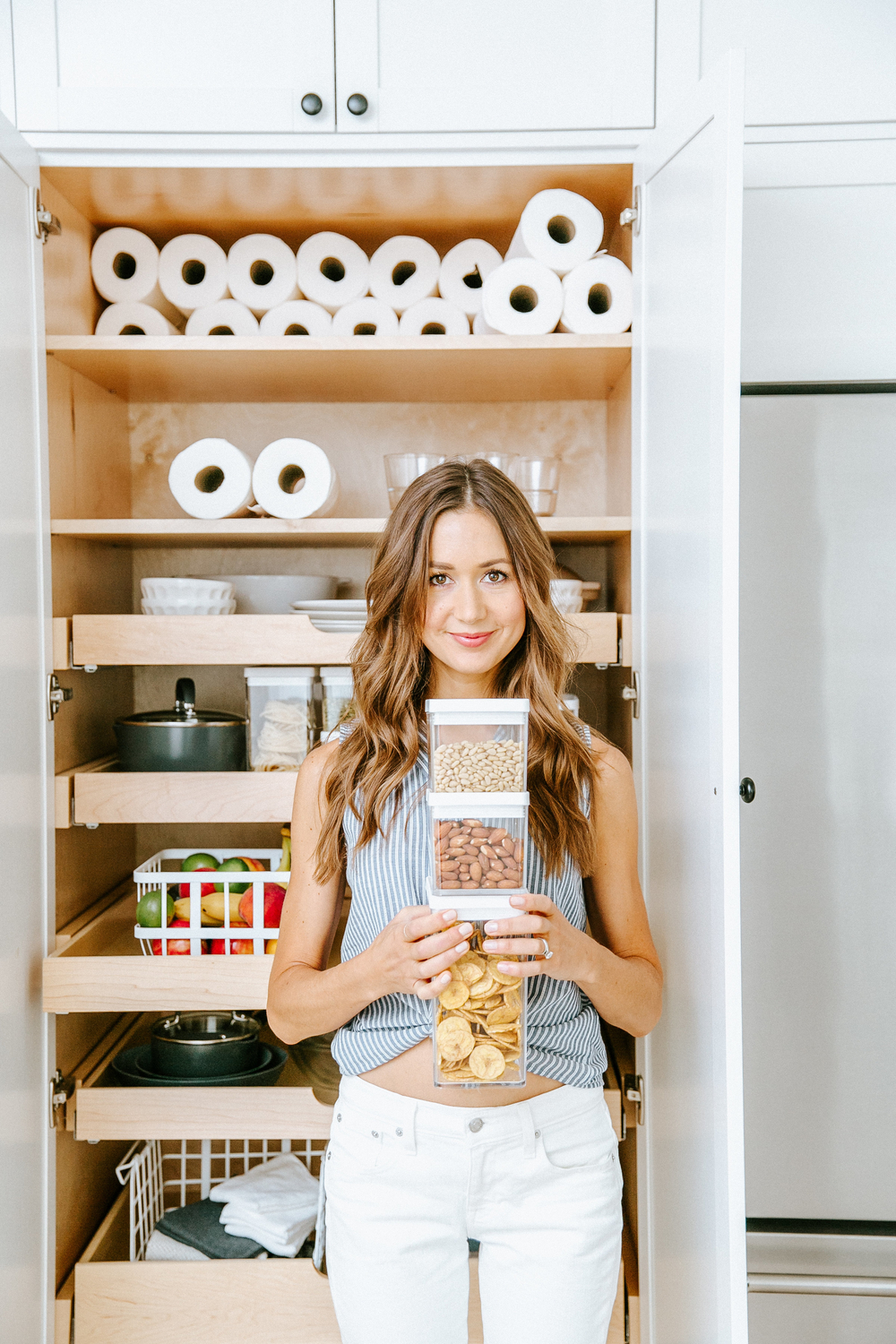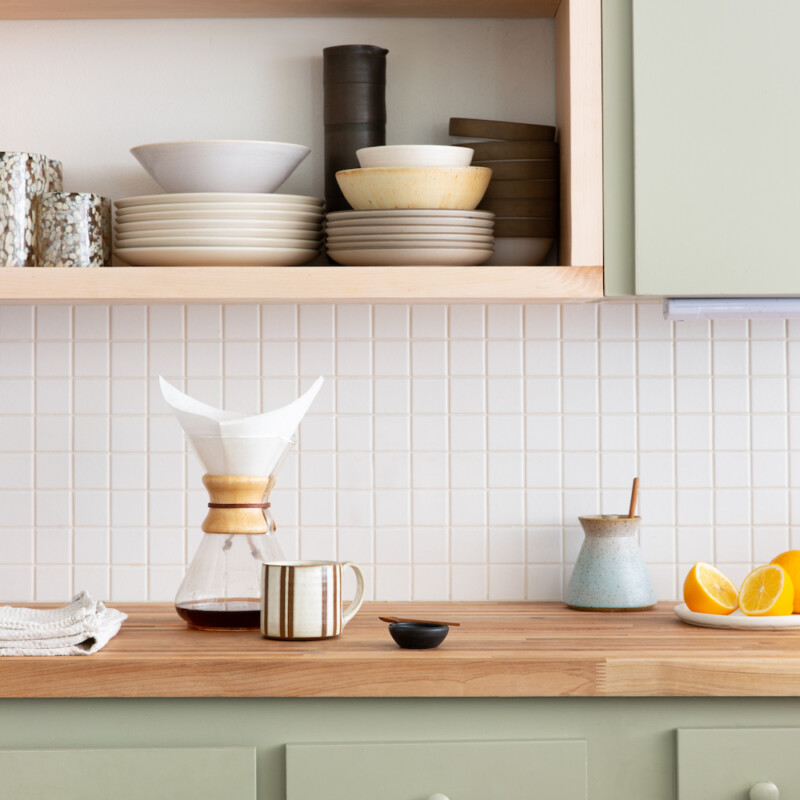By now, you’re most likely pretty well versed in the negative effects that plastic has on both our bodies and our planet. BPA exposure from everyday plastic items has been found to have detrimental effects on our health (reproductive disorders and heart disease, among others.) Plastic in our oceans affects marine life and human health as well—we’re lookin’ at you, Great Pacific Garbage Patch. Oh, and did you hear the one about microplastics raining from the sky? I won’t ruin the punchline, but rest assured, you won’t find it amusing. While figuring out how to reduce plastic use is only one piece of a larger, more complicated puzzle, it’s a great place to start.
Whether you’re motivated by keeping your own health in tip top shape, or you feel inspired to reduce plastic pollution on our the planet (or both!) the first step is cutting back on our dependability on plastic.
The manufactured material only became popular in the 60’s—so how did we shop and store our leftovers before that time? These days, everything from food containers to baby bottles is plastic. So what to do when we want to reduce plastic waste in our everyday lives? Turns out, it’s actually simpler than you would think.
 photo by Emilee Kunas
photo by Emilee Kunas
1. Own Up
Step one in changing our plastic use habits is acknowledging the role each of us plays in creating pollution. No one likes to see tons of plastic polluting our oceans, but when you do, how often do you recognize that the coffee cup lids or the floating baggie you see could have been yours?
I know, I know. You’d never throw your trash into the creek, and you always pick up after yourself at the beach. Sadly, even when you dispose of your plastic items in the trash, you’re choosing to send them to the landfill, where they are at risk of being blown or washed into our streams and polluting our oceans. Enter Nat Geo’s image of a baby sea turtle chewing on a bottle cap.
 photo by Molly Culver
photo by Molly Culver
2. Free Up
We know it can be confusing to know the exact proper ways to dispose of your trash—especially when it comes to certain plastic practices. That’s why the easiest way to reduce your plastic waste is to reduce your plastic use and to do that, you’ll need to cut it out of your day-to-day routine as best you can. These common everyday items are some of the biggest plastic pollutants, and also, the easiest to eliminate.
- Plastic Baggies. Sadly these aren’t recyclable, so use and re-use any that you currently own until it’s time to trash them.
- Single-Use Coffee Cups. Used paper cups can’t be recycled because they’re soiled. Toss those into the compost or the trash, then rinse and recycle the plastic lid.
- Plastic Bottles. Rinse ’em, and throw them in the recycling bin.
- Plastic Food Containers and Tupperware. Same as above!
- Plastic Utensils. Plastic forks, knives, and spoons can be rinsed and recycled. I’m trying to get better about telling restaurants that I don’t need plasticware in my takeout order, but it can be hard to remember!
- Plastic Produce Bags and Grocery Bags. In Austin, these bags along with any kind of plastic wrap (like what your paper towels are wrapped in) can be recycled at certain drop-off locations. I collect these items and drop them off to be recycled every week or two.
Now that you’ve figured out how to reduce your plastic use, here are a few rules of thumb to remember moving forward:
- Never put your recyclables in trash bags. Trash bags aren’t recyclable and will lead to your whole collection being put in a landfill.
- Always rinse your plastics.
- Hard plastics are recyclable. Soft plastics like bags and cling wrap are typically not unless specified by your city.
- Uncertain how to dispose of something? This website makes it super easy to search for any household item, and find out immediately what to do with it. Takes less time than logging into Instagram, guys!
 photo by Kristen Kilpatrick
photo by Kristen Kilpatrick
3. Stock Up
Now that you’ve phased out your plastics, you might find yourself needing a few things. Today’s environmentally conscious marketplace makes it easy to find an eco-friendly alternative for just about any product. Here are some of our favorites:
- Food Storage
- Beeswax wraps. I’ve been using these for the last 7 months and have loved having them in my kitchen. The sheets come in different sizes and can be folded to contain produce or snacks like a plastic baggie, or they can be adhered to the top of any bowl or dish and used instead of cling wrap.
- Silicone reusable bags. Can’t peel yourself away from that baggie life? Reusable silicone bags are for you, and yes, they are dishwasher safe!
- Glass food containers. For everything in between, pyrex lidded containers are the way to go.
- Water Bottles
- Glass water bottles. There are a lot out there, but we love the bkr!
- If you don’t have filtered water on your fridge or tap, we love The Pure Company’s Water Decanter for our home water source.
- Shopping Bags
- You have about a million reusable shopping bags. Use them!
- Mesh produce bags are a great addition to your grocery shopping trips. I sometimes find them to be a little cumbersome to tote back and forth from the store, and in general, end up just carrying most of my fruits and veggies out without a produce bag altogether.





